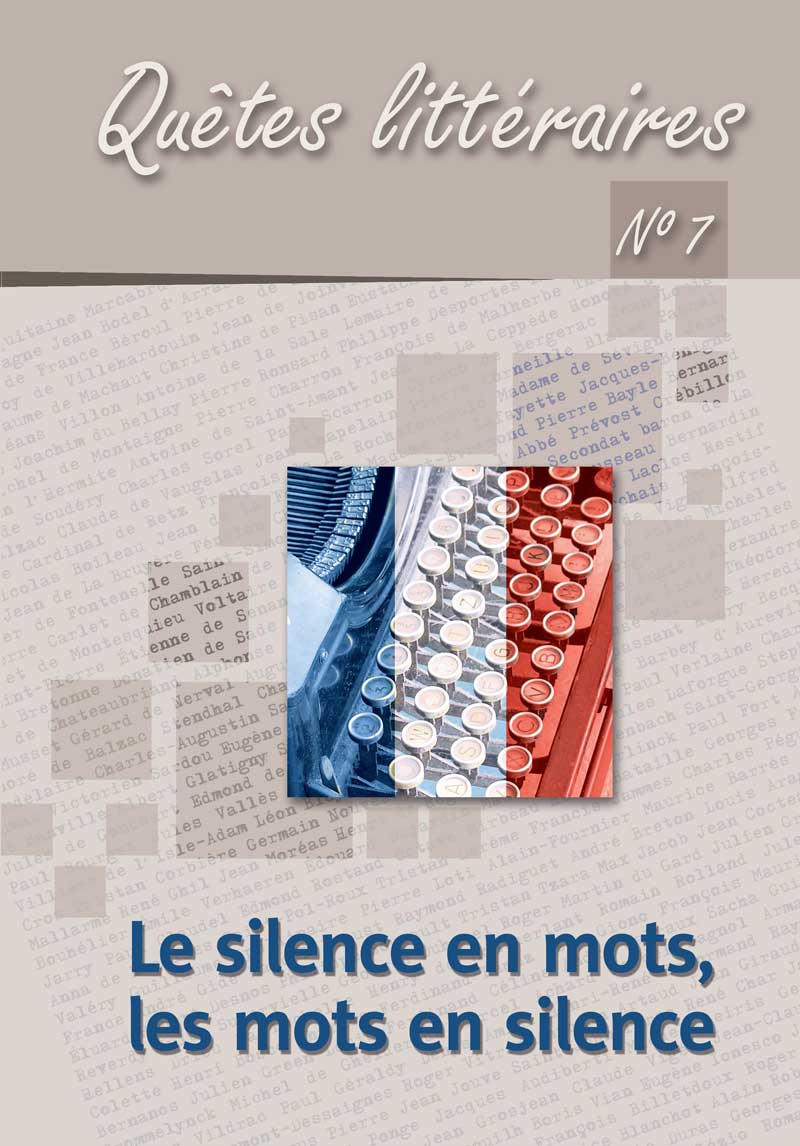« À quoi bon se parler avec la voix quand on se peut parler avec l’âme ? » Le silence dans les textes narratifs de Marie Krysinska
« À quoi bon se parler avec la voix quand on se peut parler avec l’âme ? » Silence in Marie Krysinska’s Narrative Texts
Author(s): Ewa M. WierzbowskaSubject(s): Language and Literature Studies, Studies of Literature, French Literature, Theory of Literature
Published by: Katolicki Uniwersytet Lubelski Jana Pawła II, Instytut Filologii Romańskiej & Wydawnictwo Werset
Keywords: silence; discours mental; quasi-mutisme; complicité; Krysinska
Summary/Abstract: Literature is filled with silence, which, being polysemic, is a medium much harder to decipher than a word, whose semantic bearing capacity is more limited. To explore silence is to try to gain access to something most intimate, something that does not want to – or cannot – appear in verbal form. In Krysinska’s selected texts one observes silence on two levels, the narrative level and the story level. In most cases, we are dealing with a communicative silence. On the story level, characters use silence as an efficient way of achieving their goals or they are forced into silence by external factors. In many cases silence is imposed on the characters, it is not their choice, for in the given situation they could not utter even a single word. On the narrative level it is the narrator who condemns characters to the role of quasi-mutes, for any statements from characters are relatively rare. The narrator does not allow them to speak freely, he uses reported speech. He exercises active control over the reader, skilfully directing their reception and forcing them to accept his point of view.
Journal: Quêtes littéraires
- Issue Year: 2017
- Issue No: 7
- Page Range: 105-113
- Page Count: 9
- Language: French

